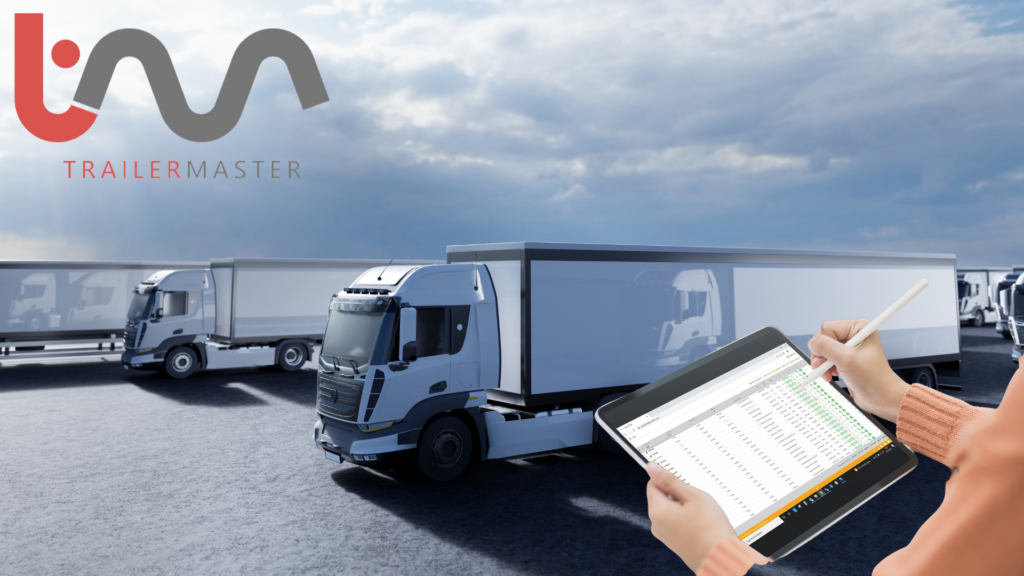
Fleet management systems should be simple to use for several important reasons:
User Adoption: A simple and intuitive user interface increases the likelihood of user adoption. If the system is complex and difficult to navigate, fleet managers and drivers might be hesitant to use it, leading to underutilisation of the system’s capabilities.
Efficiency: Fleet managers and transport operators often need to access critical information quickly. A user-friendly interface enables them to accomplish tasks efficiently, without spending unnecessary time trying to figure out how to use the system.
Reduced Training Time: Simplicity reduces the learning curve for new users. This means that employees can start using the system effectively with minimal training, saving both time and resources.
Minimised Errors: Complex systems can lead to mistakes due to misunderstanding or misinterpretation of functionalities. A simple system with clear labels and straightforward workflows can help reduce errors in data entry and decision-making.
Quick Decision-Making: Fleet managers need to make timely decisions based on real-time data. A user-friendly interface allows them to access key information easily, enabling quicker and more informed decisions.
Accessibility: A simple interface is often more accessible to a wider range of users, including those who might not be as tech-savvy. This inclusivity is important in ensuring that all team members can participate effectively.
Cost-Effectiveness: Complex systems might require extensive training, ongoing support, and troubleshooting, all of which can add to the overall cost. A simpler system can help reduce these costs by minimising the need for extensive training and support.
Flexibility: A simple interface is more adaptable to different devices and screen sizes, allowing users to access the fleet management system from various devices, including smartphones and tablets.
Customer Satisfaction: If the fleet management system is used by external stakeholders, such as customers or partners, a simple and intuitive interface enhances their experience and satisfaction with the service.
Future Upgrades: As technology advances, system updates and upgrades are inevitable. A simpler system architecture can make it easier to integrate new features and functionalities without disrupting the user experience.
Minimal Disruption: Implementing a new system can sometimes lead to disruptions in daily operations. A system that is simple to understand and use can help mitigate disruptions during the transition period.
Ultimately, the goal of a fleet management system is to streamline operations and improve overall safety and efficiency. By keeping the system simple and user-friendly, transport operators can better achieve these objectives and derive maximum value from the fleet management technology they are using.
